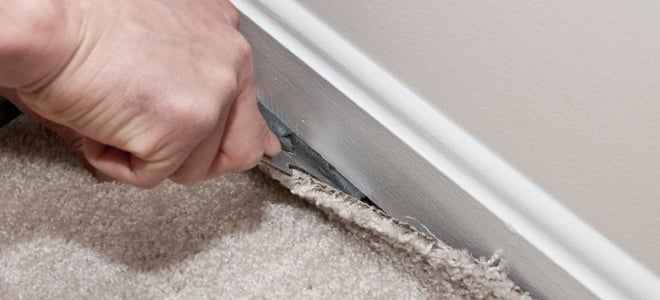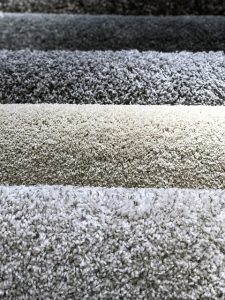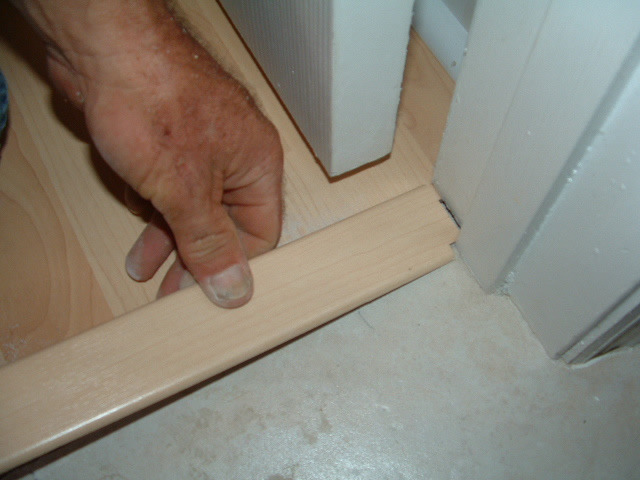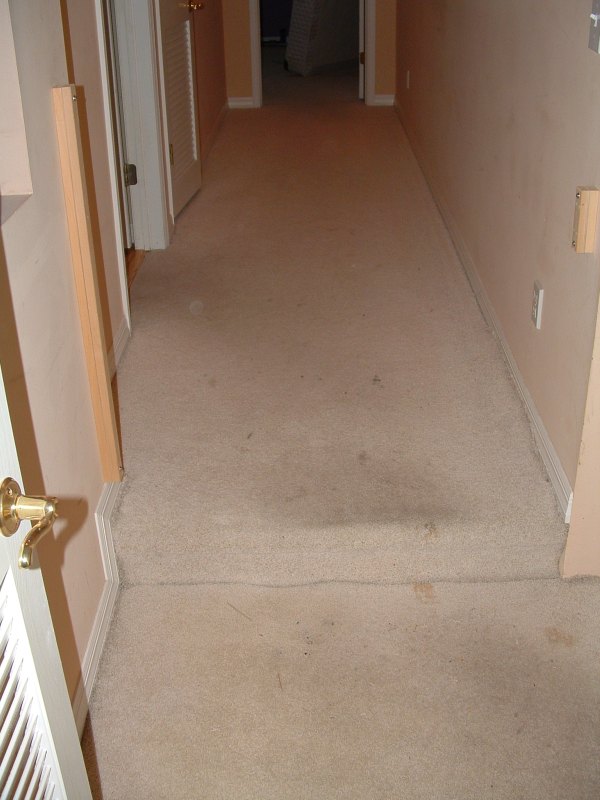Installing carpet on a concrete floor requires proper preparation to ensure durability and comfort. Start by cleaning the concrete surface thoroughly, removing dust, debris, and any existing adhesive residues. Check for moisture issues by taping a plastic sheet to the floor for 24 hours—if condensation forms underneath, address the dampness before proceeding. Apply a concrete sealer or moisture barrier to prevent future problems. For added insulation and cushioning, install a carpet underlay designed for concrete substrates. These steps create an ideal foundation for your new carpet installation.
Choosing the right materials is essential for successful concrete floor carpeting. Select a carpet pad specifically rated for concrete use, typically made of rubber or specialized foam. Consider a low-pile or commercial-grade carpet for high-traffic areas, as they withstand wear better on hard surfaces. For basement installations, opt for synthetic fibers like nylon or polyester that resist moisture absorption. Purchase carpet tack strips designed for concrete, which require special adhesives or concrete nails for secure fastening. Having the proper knee kicker, power stretcher, and carpet knife ready will make the installation process smoother.
The installation process begins with laying the moisture barrier and underlayment. Roll out the vapor barrier plastic sheeting, overlapping seams by 6 inches and taping them securely. Trim excess material along the walls, leaving a slight upward fold to prevent moisture wicking. Install the carpet padding perpendicular to how you plan to lay the carpet, butting edges together without overlapping. Secure the padding with carpet tape designed for concrete floors. Place tack strips around the perimeter, leaving a 1/2-inch gap from walls. Use masonry nails or construction adhesive to affix the strips firmly to the concrete surface.
Laying and securing the carpet requires careful attention to detail. Roll out the carpet, allowing extra material to run up the walls slightly for proper stretching. Use a knee kicker to attach one edge to the tack strips, then employ a power stretcher to eliminate wrinkles and ensure tight placement. Work methodically across the room, trimming excess carpet with a sharp utility knife as you go. For seams, overlap carpet edges by 2 inches and cut through both layers simultaneously for perfect alignment. Apply carpet seam tape and heat with a seaming iron to bond sections securely. Finish by tucking edges into the gap between tack strips and walls using a stair tool.
Post-installation care maintains your carpet’s appearance and longevity on concrete. Vacuum regularly to prevent dirt from grinding into fibers against the hard surface. Use walk-off mats at entryways to reduce moisture and debris transfer. Address spills immediately to prevent staining and potential moisture issues. Consider professional steam cleaning annually to deep-clean and refresh the fibers. Periodically check for loose edges or bubbles, re-stretching if necessary. In damp areas, monitor for musty odors that might indicate moisture problems beneath the carpet. With proper installation and maintenance, your concrete-floor carpet will provide comfort and style for years.
How To Install Carpet On Concrete Floor
How to Install Carpet on Concrete (Basement) (with Pictures)
How to Choose the Right Carpet for Your Concrete-Floored Basement – Curlys Carpet Repair
How to Install a Laminate Floor how-tos DIY
How to Install Carpet on Concrete (Basement) (with Pictures)
How to Install Carpet on a Concrete Floor – The Concretes Site
Cutting Laminate Flooring Trim, Installing the Transition
Laminate Flooring: Removing Glued Down Laminate Flooring
Related Posts:


-Step-2.jpg/v4-460px-Install-Carpet-on-Concrete-(Basement)-Step-2.jpg)


-Step-9.jpg/aid1364273-v4-728px-Install-Carpet-on-Concrete-(Basement)-Step-9.jpg)


-Step-19.jpg/v4-460px-Install-Carpet-on-Concrete-(Basement)-Step-19.jpg)


